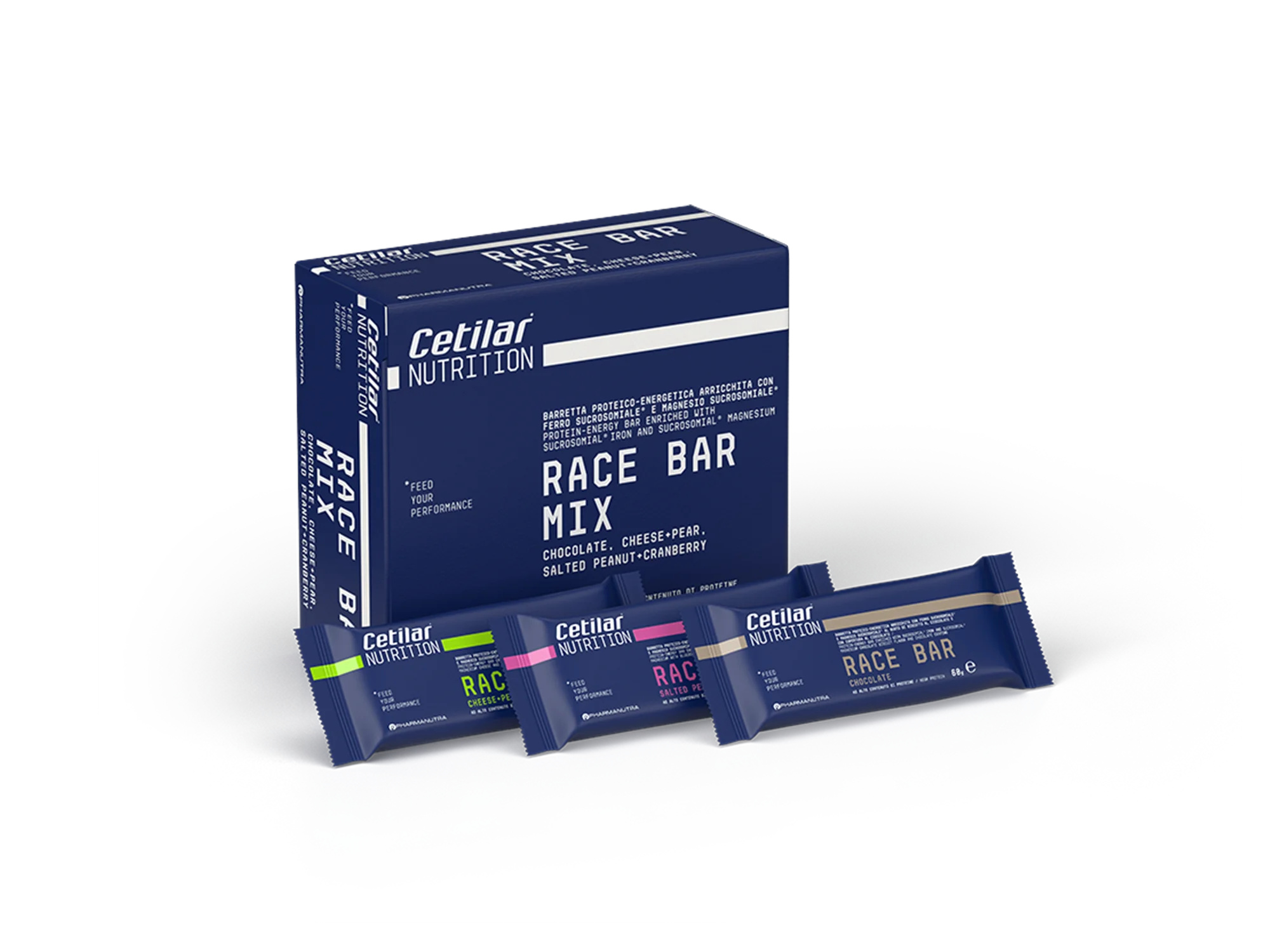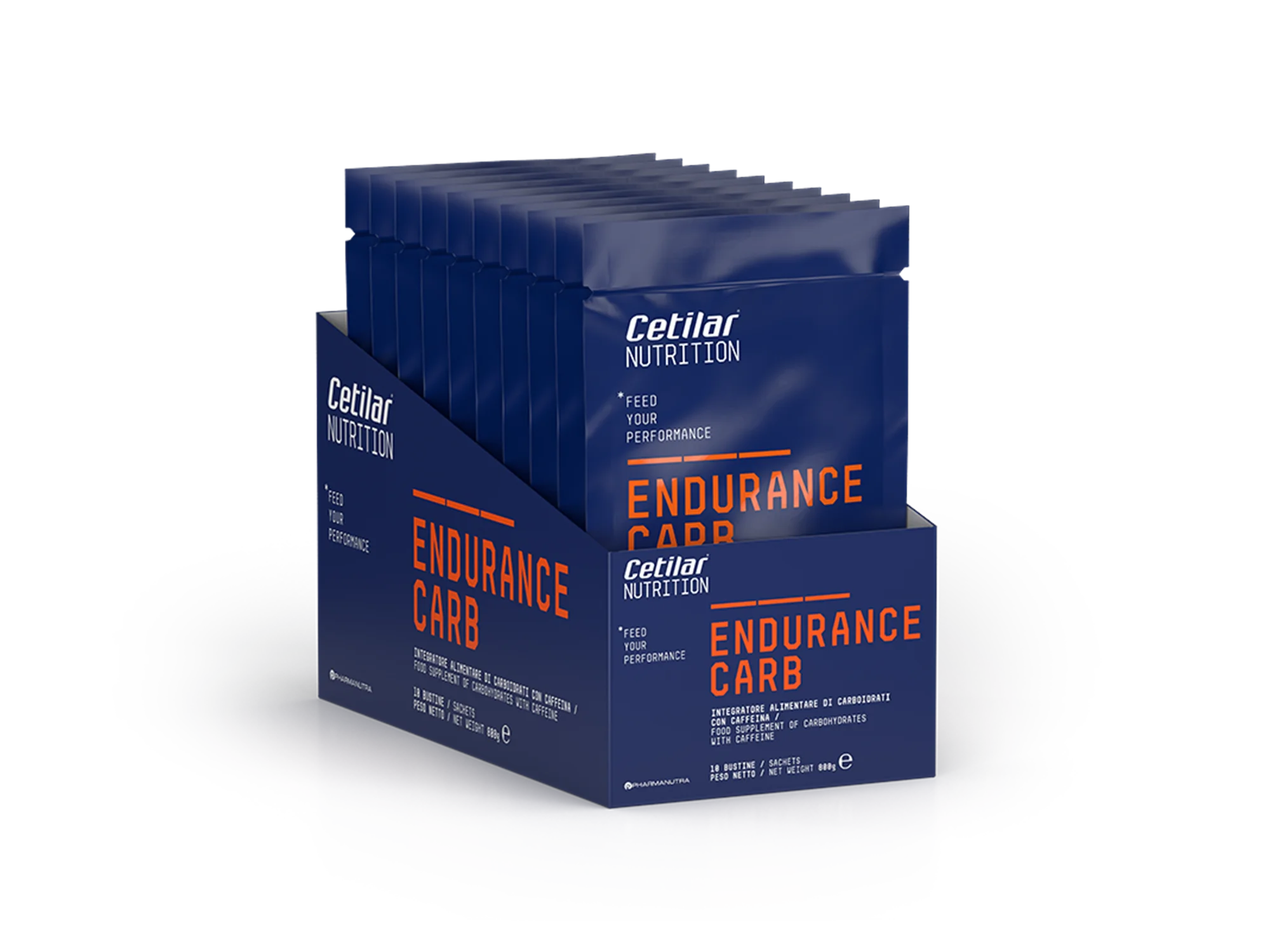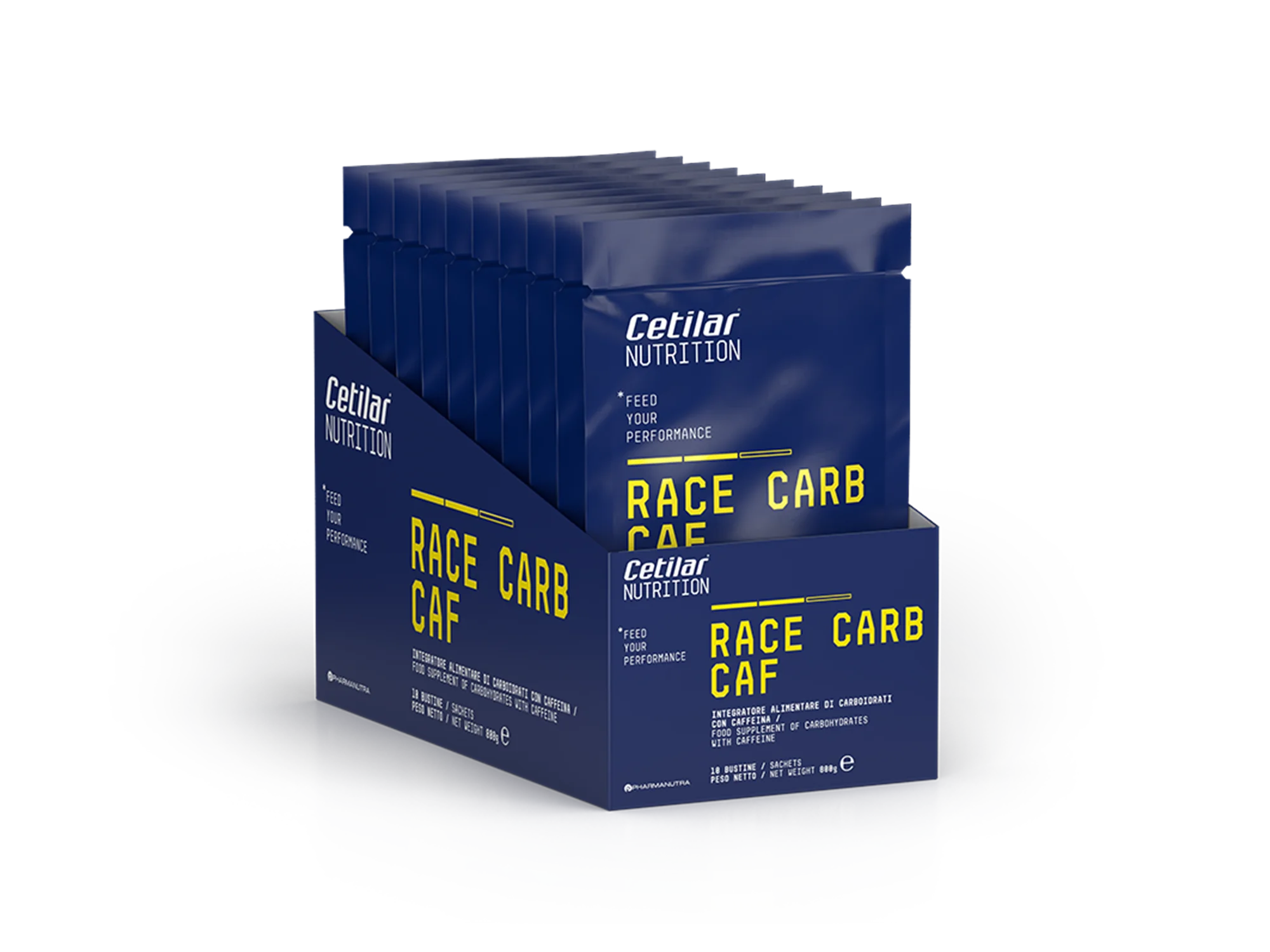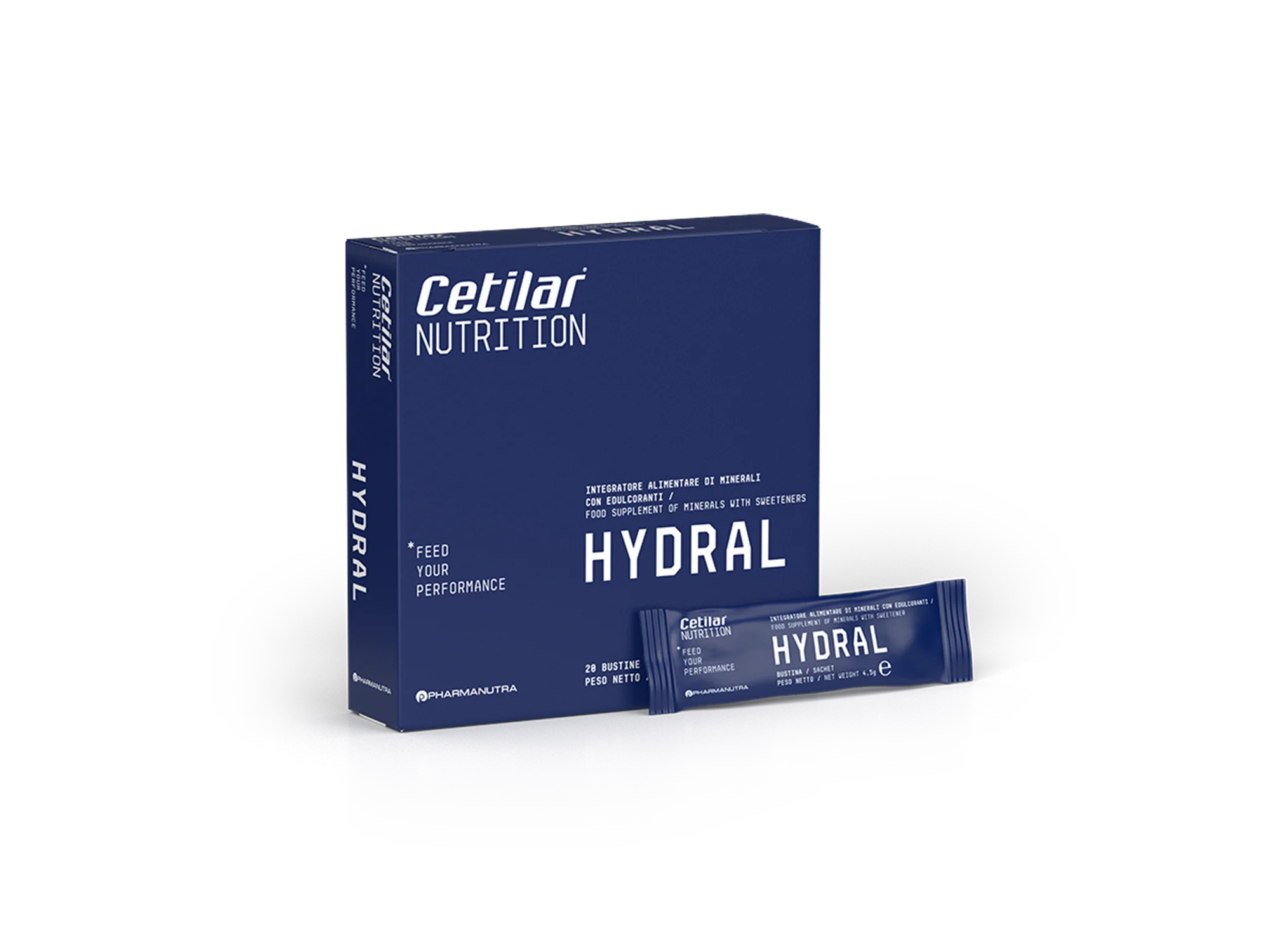Protein Powders: how and when to take them for a balanced sports diet
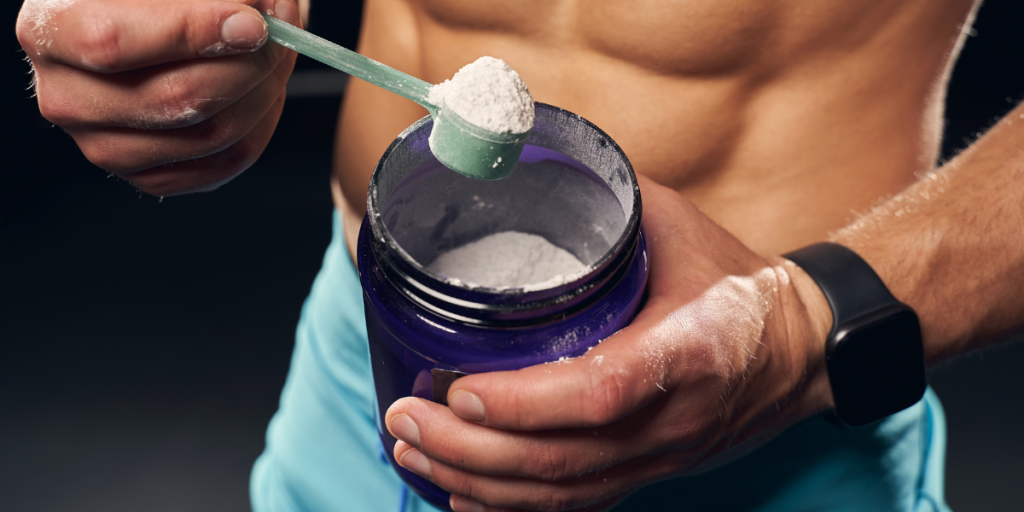
Protein Powders (PPs) have long been a favourite supplement among athletes and fitness enthusiasts.
In the 1980s and 1990s, even with limited scientific literature on the subject, bodybuilders widely recognized and often used PP to enhance muscle mass.
Milk-based protein powder was commonly employed as a simple supplement to meet protein goals, typically dissolved in milk and consumed at breakfast and in the afternoon, without regard to training schedules. At that time, the concept of timing protein intake was not well understood.
Since then, research has significantly advanced our understanding of the effects of various protein powders (PPs) on muscle protein synthesis (MPS), performance, and recovery from exertion. Additionally, studies have explored other crucial aspects for athletes, including the impact of protein on the immune system and oxidative stress.
Initially, studies primarily focused on healthy and athletic individuals, but today, research is increasingly examining the role of protein and its components, particularly essential amino acids (EAAs), alongside other supplements deemed “anabolic,” such as creatine. This shift aims to prevent and treat muscle mass loss associated with ageing and chronic diseases; a condition known as Sarcopenia.
What we will discuss in this article:
- What are protein powders?
- Why take protein powders?
- Which protein powders to choose?
- When to take protein powders
- Side effects
What are protein powders?
PPs are concentrated food derivatives typically sourced from animal proteins such as milk, eggs and meat, as well as from plant-based proteins like soy, pea, rice, hemp and potato.
With the growing focus on environmental sustainability, research is now exploring alternative sources of PP, including those derived from insects, fungi and algae. These are typically available in powder form and can be dissolved in water or other liquids, such as milk or plant-based beverages, to create popular protein shakes found on the market, which usually contain between 10 and 30 grams of protein per serving.
Many protein powders also include additional ingredients, such as artificial flavourings, vitamins, minerals and, particularly in shakes, sugars.
Why take protein powders?
Taking PPs can bring several advantages:
1. Muscle growth and recovery from physical exertion: due to their amino acid profile, particularly essential amino acids (EAAs), protein powders can effectively stimulate muscle protein synthesis (MPS), promoting muscle growth (muscle hypertrophy) and aiding recovery after physical exertion.
A healthy adult weighing 70 kg can meet their protein needs with a daily intake of just 56 grams (0.8 g per kg of body weight), which is easily achievable through a balanced diet.
However, individuals who exercise regularly or lead an active lifestyle may require more protein, typically ranging from 1.1 to 1.4 g per kg of body weight per day.
2. Meeting protein requirements: for athletes who train intensively or are aiming to increase muscle mass, additional PP can help achieve protein requirements, which can be as much as 2 g per kg of body weight per day. This is particularly beneficial for those who are vegetarian or vegan and may struggle to maintain a well-balanced plant-based diet.
3. Recovery from injury or surgery: PPs provide a convenient and quick source of protein when time is limited.
For instance, an amateur athlete who needs to return to work immediately after training or has little time to prepare meals during the day can benefit greatly from using protein powders.
4. Adequate protein intake: it is crucial to tailor protein intake to individual needs. While there are standard references in nutritional software, each athlete typically requires a specific amount of protein based on their sporting goals.
For example, not all turkey meat contains the same protein content per 100 g of the edible product.
From this perspective, PP serves as a practical solution for ensuring adequate protein intake in terms of both quantity and quality, while also minimising calorie intake, which is essential for athletes who need to avoid or limit weight gain.
For instance, 20 g of milk protein powder dissolved in water provides around 80 kcal. In contrast, obtaining the same amount of protein from whole foods like red meat or quinoa would result in approximately 150 and 500 kcal, respectively—nearly double to six times the calories of a simple protein shake. Whole foods contain not only protein but also significant amounts of fats and carbohydrates.
Which protein powders to choose?
There are various types of PPs available. The most common include whey proteins, milk caseins, and plant-based proteins, with soy protein being particularly popular.
Whey protein
Whey Protein (WP) is the most researched and widely used among athletes.
It is considered the most effective protein powder for stimulating muscle protein synthesis (MPS). As the name suggests, whey protein is derived from the liquid that separates during the cheese-making process.
Its advantage lies in its high EEA content, particularly leucine, which is the key amino acid that most effectively stimulates muscle protein synthesis. Additionally, whey proteins have a rapid absorption rate, making amino acids quickly available to muscles for a brief period.
There are three types of whey protein:
- WP Concentrate (WPC): obtained through a simple filtration process, WPC has a protein concentration of 70-80%. Besides protein, it contains small amounts of carbohydrates such as lactose, fats and other proteins like lactoglobulins and immunoglobulins.
- WP Isolate (WPI):produced through a more advanced filtration process, WPI achieves protein concentrations of up to 90%, with greater removal of fats and carbohydrates, including lactose, making it a more suitable option for individuals who are sensitive to lactose.
- WP Hydrolysed (WPH): consisting of peptide mixtures, chains of amino acids linked together, WPH is easily digestible and absorbable. These proteins are essentially “pre-digested,” with concentrations ranging from 75 to 90%. They are ideal for athletes looking to accelerate recovery and adapt to the regular training loads they face.
There are whey protein blends on the market, such as Cetilar’s Dual Protein, that combine the benefits of WPIs and WPHs. These blends offer a high concentration of EAAs, particularly leucine, making them easily digestible and quickly available to the muscles. This optimizes adaptation to effort, enhances muscle recovery, and improves overall performance.
Casein proteins
Casein is the other milk protein derived from the cheese-making process, specifically from the solid portion created with rennet.
Compared to whey proteins, casein has slower digestion and absorption kinetics, which may make it less digestible for some athletes, similar to concentrated proteins. However, consuming casein before bed seems to promote MPS during the night, as it provides a slower yet more sustained release of amino acids compared to other proteins like WPs.
Plant-based proteins
Plant-based proteins, the most studied of which is soy protein, are gaining popularity and are increasingly in demand, driven not only by the growing number of vegetarian and vegan athletes but also by ethical and environmental sustainability concerns.
Vegetable protein concentrates typically range from 60 to 80 percent protein content. However, their amino acid profile, especially in terms of EAAs, is often less complete than that of animal proteins, which provide all the necessary EAAs to support MPS.
Recent scientific evidence indicates that well-designed mixtures of plant proteins that include all EAAs, or higher doses of specific plant proteins, can achieve MPS results comparable to those obtained from animal-based protein powders.
For example, a plant protein blend can be created by combining proteins from peas and black rice, akin to the classic nutritional pairing of pasta and beans that nutritionists often recommend.
Plant proteins generally contain more fibre than animal protein powders, which can make them less digestible for some athletes.
When to take protein powders
It is recommended to take protein powder (PP) in doses of 20 to 40 grams for high-quality protein sources like Cetilar’s Dual Protein while also being mindful of timing.
While there isn’t a one-size-fits-all approach to intake timing, consuming PP at inappropriate times can delay or even hinder your progress toward goals.
The myth of the “anabolic window,” which suggested that athletes and gym-goers must consume protein immediately after strength training to reap its benefits, is now being challenged. Recent research indicates that protein intake before training can also effectively stimulate MPS.
When taking PP after exercise, it is important to consider individual tolerance and the post-exercise anabolic effect, which can last for at least 24 hours. Delaying protein intake may diminish its anabolic impact on MPS.
Practical considerations are crucial here: for instance.
If at least two hours pass after training before the next meal, taking PP may be a beneficial strategy. Conversely, if a protein-rich meal is consumed shortly after training, additional protein supplementation may not only be unnecessary but could also be counterproductive, as it could lead to suboptimal use of the protein ingested.
The situation differs for an athlete who trains intensively in the morning on an empty stomach and decides to add PP to their breakfast, thereby increasing the protein content of their usual milk.
However, if one chooses to consume PP before training, it is essential to do so at least 60 to 90 minutes prior to the session. This timing allows for optimal amino acid availability while taking into account digestion time and the intensity of the planned workout.
High-intensity training can place significant stress on the digestive system, so it’s advisable to consume PP well in advance of training to avoid any discomfort.
During the day, it is a good rule of thumb to take PP away from meals or to use it to enhance food intakes, such as breakfast and snacks, when the aim is to meet increased protein requirements, and it is difficult to achieve these with food alone.
Consuming casein protein before bedtime (30-40 g) can be a strategic choice for stimulating muscle protein synthesis (MPS) during the night.
Side effects
PPs should always be incorporated into a balanced diet, without exceeding recommended dosages or an individual’s actual protein needs.
It is important to note that the protein requirements of a professional athlete in a strength sport differ significantly from those of a fitness enthusiast who trains with lower intensity three times a week and leads a moderately active lifestyle.
However, some individuals may experience side effects after ingesting PPs, including:
- Diarrhoea, bloating and abdominal cramps: can occur, particularly in individuals with lactose intolerance, as certain milk proteins may irritate the intestines. Additionally, excessive protein intake can lead to constipation and nausea.
- Allergic reactions: an allergy to a particular protein could trigger a rash or anaphylactic shock.
- Ingestion of potential toxins: unfortunately, several commercially available proteins, especially the cheap ones (usually from foreign markets), contain heavy metals, pesticides and other toxins, including mercury, lead and arsenic.
Conclusions
If you are considering incorporating protein powder into your diet, it’s essential to seek guidance from a professional, such as a qualified sports nutritionist or sports physician.
This ensures that you accurately assess your protein needs and develop a suitable supplementation plan, helping you avoid potential issues that could adversely affect your athletic performance.
BIBLIOGRAPHY
1. Jäger R et al. International Society of Sports Nutrition Position Stand: protein and exercise. J Int Soc Sports Nutr. 2017 Jun 20;14:20.
2. Pinckaers PJM et al. The Anabolic Response to Plant-Based Protein Ingestion. Sports Med. 2021 Sep;51(Suppl 1):59-74.
